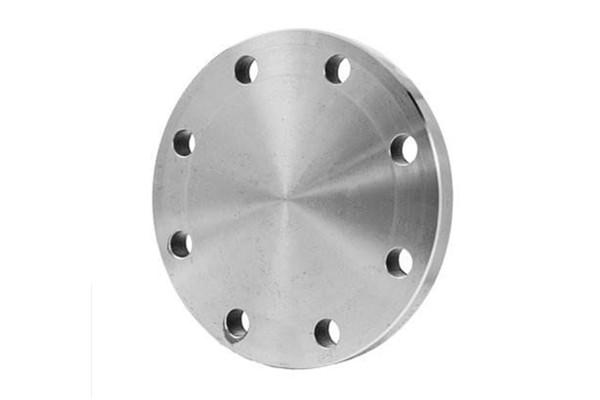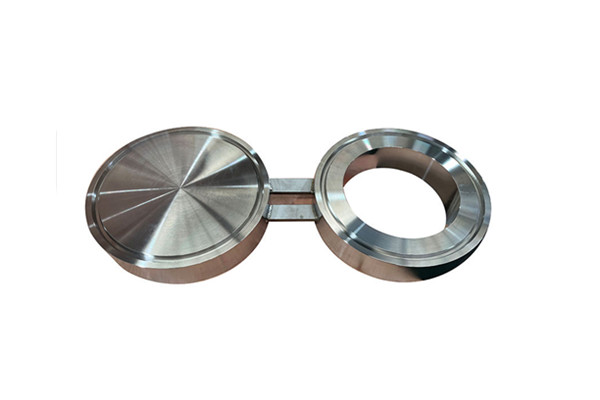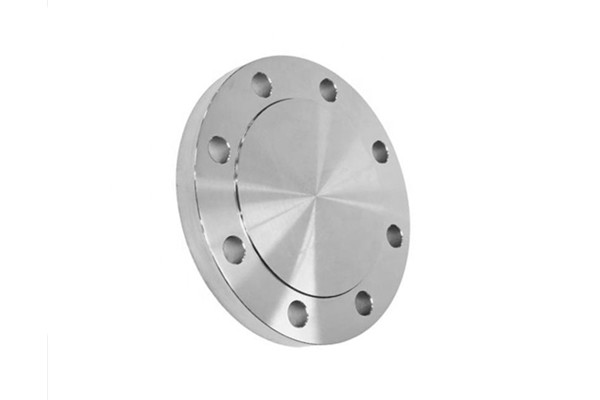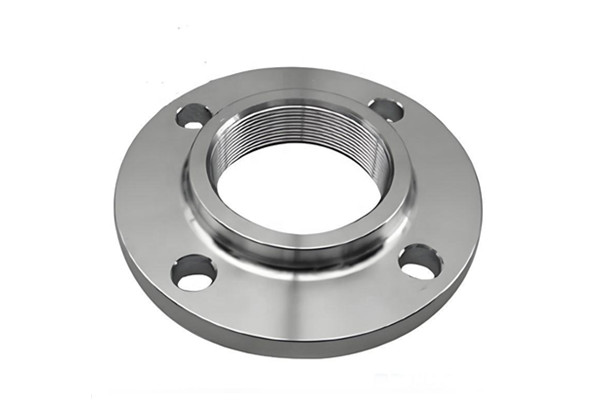For non-pressure or low-pressure applications at ambient temperatures, when a raised face and hub are not required, plate flanges are often a cost-effective solution. Since plate flanges are typically thinner, they can also save space. Our standard specification governing these products is AWWA C207, developed by the American Water Works Association (AWWA).
Due to the flange types specified by the AWWA, we generally only recommend flanges that meet the B16.5 standard (blind flanges or ring flanges (discs with holes)) for plate manufacturing. If your application requires strict adherence to the B16.5 standard, we recommend the more common forging method. While stock B16.5-type flanges are often more cost-effective due to volume production, plate used to manufacture larger sizes of ring flanges or blind flanges may be an effective alternative when material availability and cost are a consideration. For example, if you do not have stock of a 20-inch flat face blind flange and your application does not require significant working pressure, a 20-inch machined plate disc with the same material properties may be a good choice.
In the carbon steel space, we offer a variety of plate types and sizes. A36 structural carbon steel does not have the physical properties of A105 forgings, but it is a cost-effective steel for non-pressure applications. If A36 does not meet your needs, we also offer ASTM A515-70, A516-70, and ASTM A285 Grade C steels. These steels are popular choices for blind line flanges that meet ASME B16.48 standards and have the same strength properties as A105 forged carbon steel.
For plate stainless steel, refer to the ASTM A240 specification and its material variations. Our most commonly used stainless steel grades include 304/304L, 316/316L, and 2205 Duplex. We also offer other high-quality stainless steel grades that can be customized to customer requirements. For example, 321 stainless steel is similar to 304 and 316 stainless steel, but has a higher titanium content, which provides excellent intergranular integrity.




